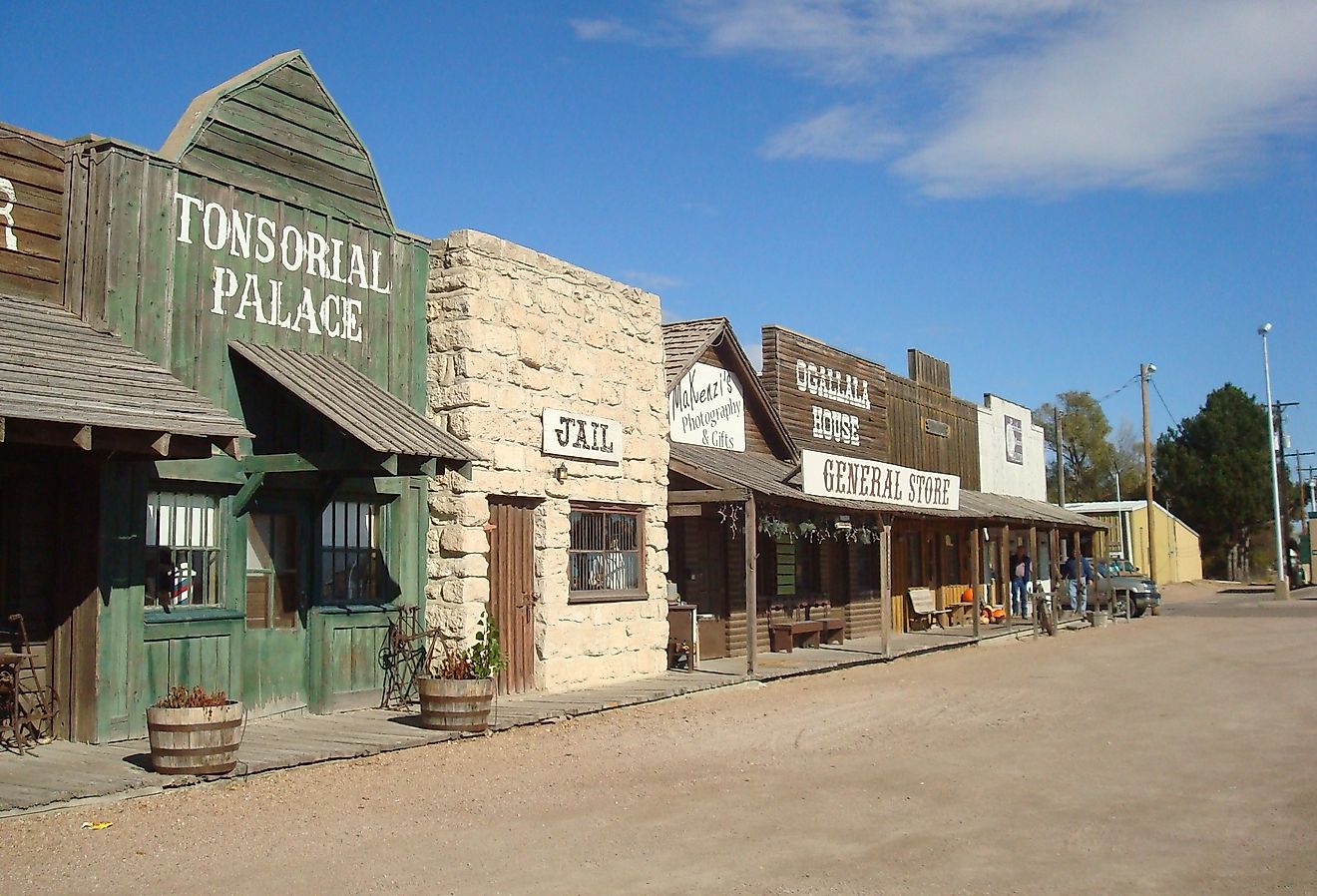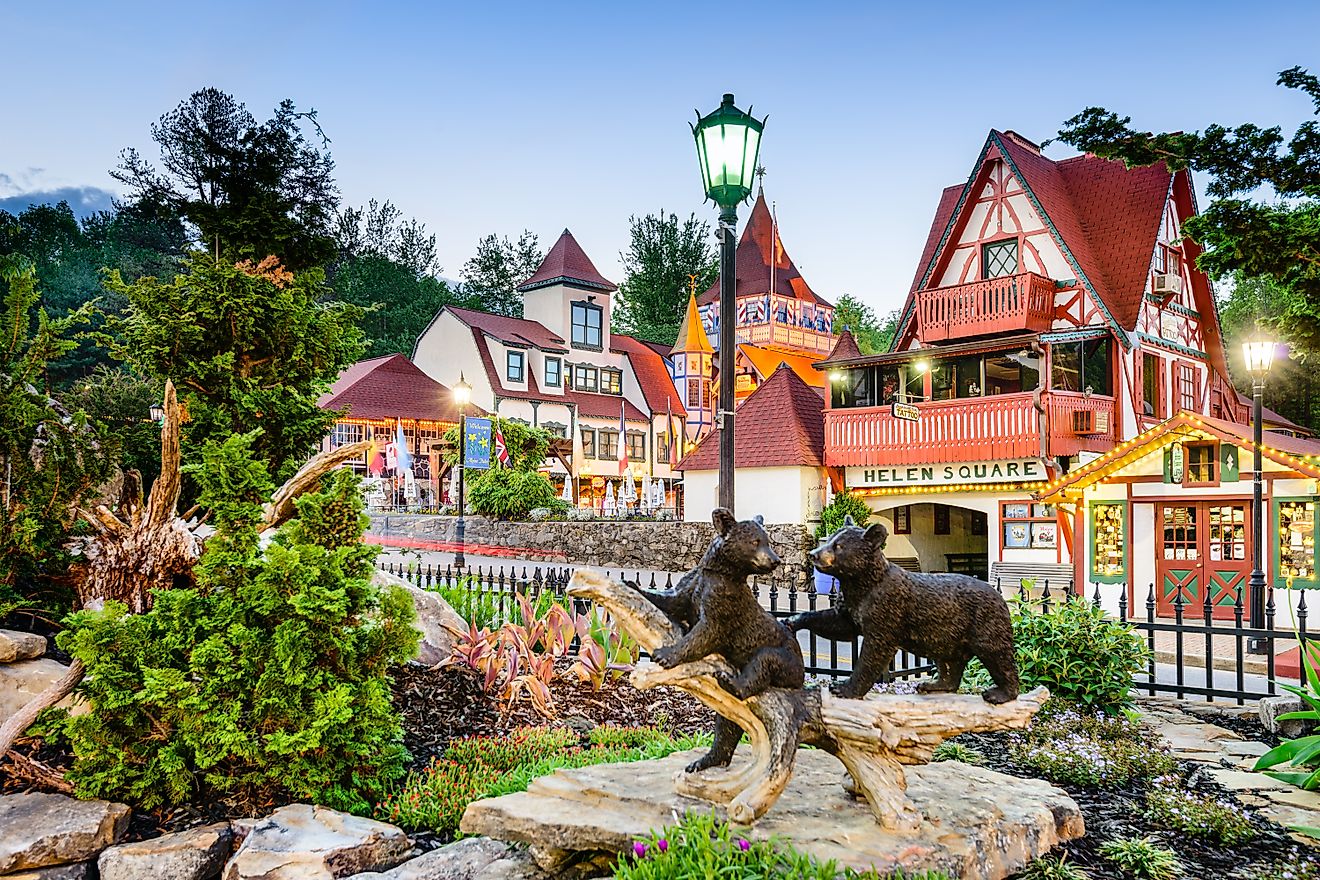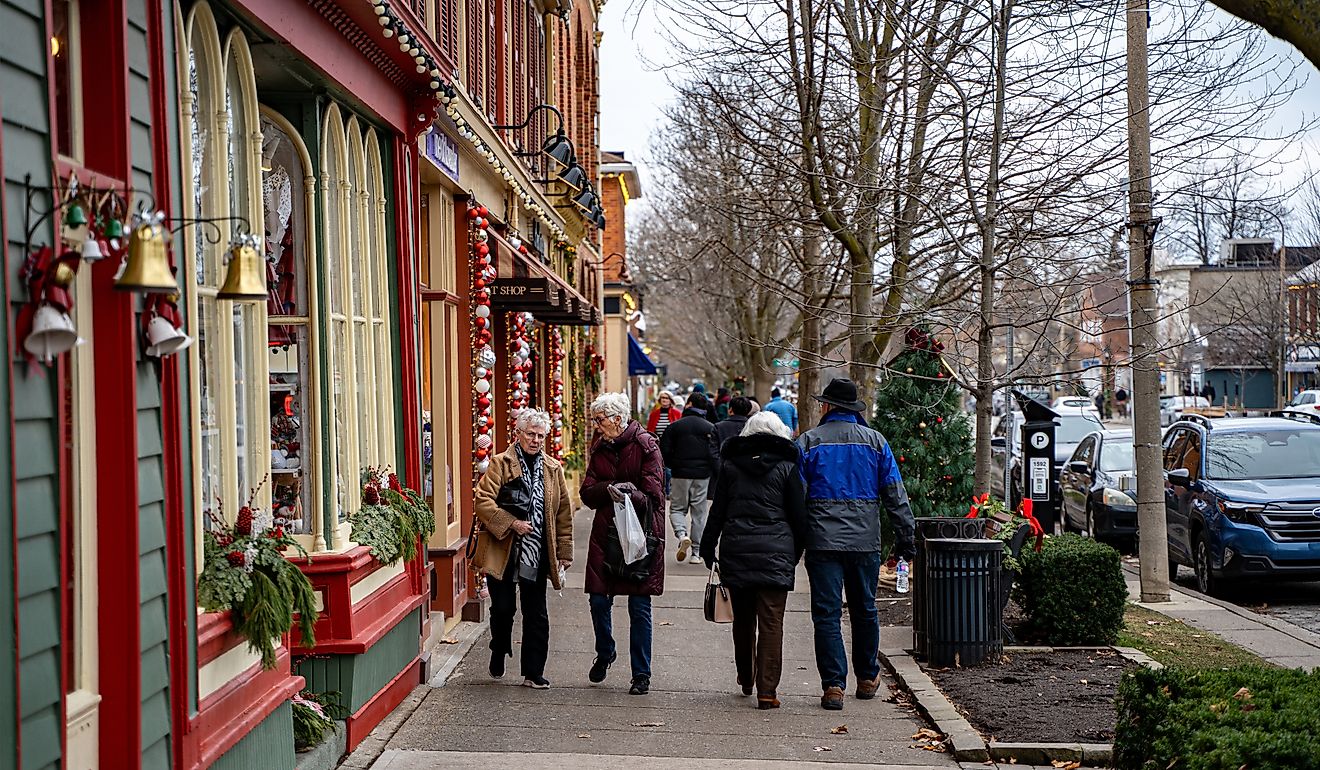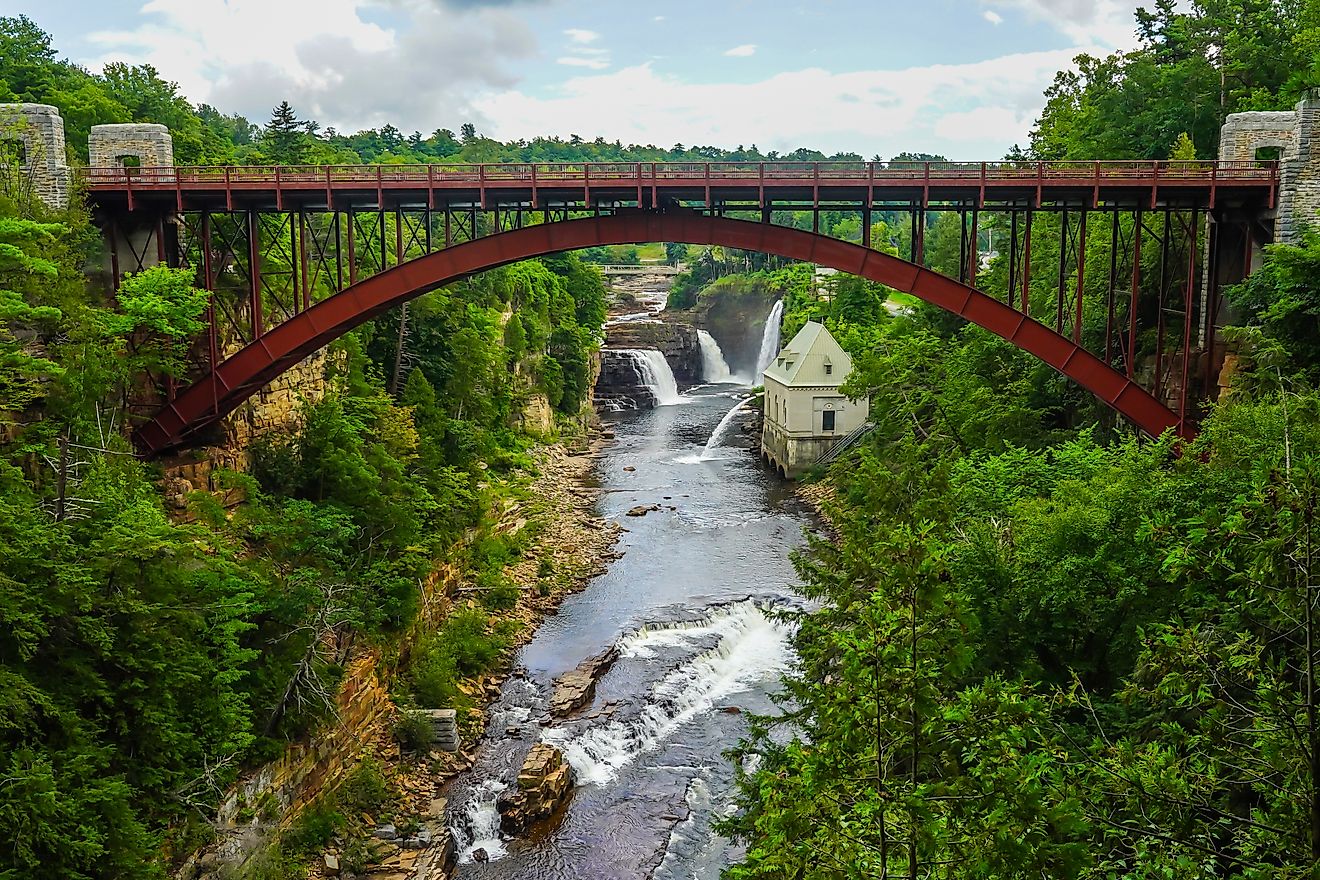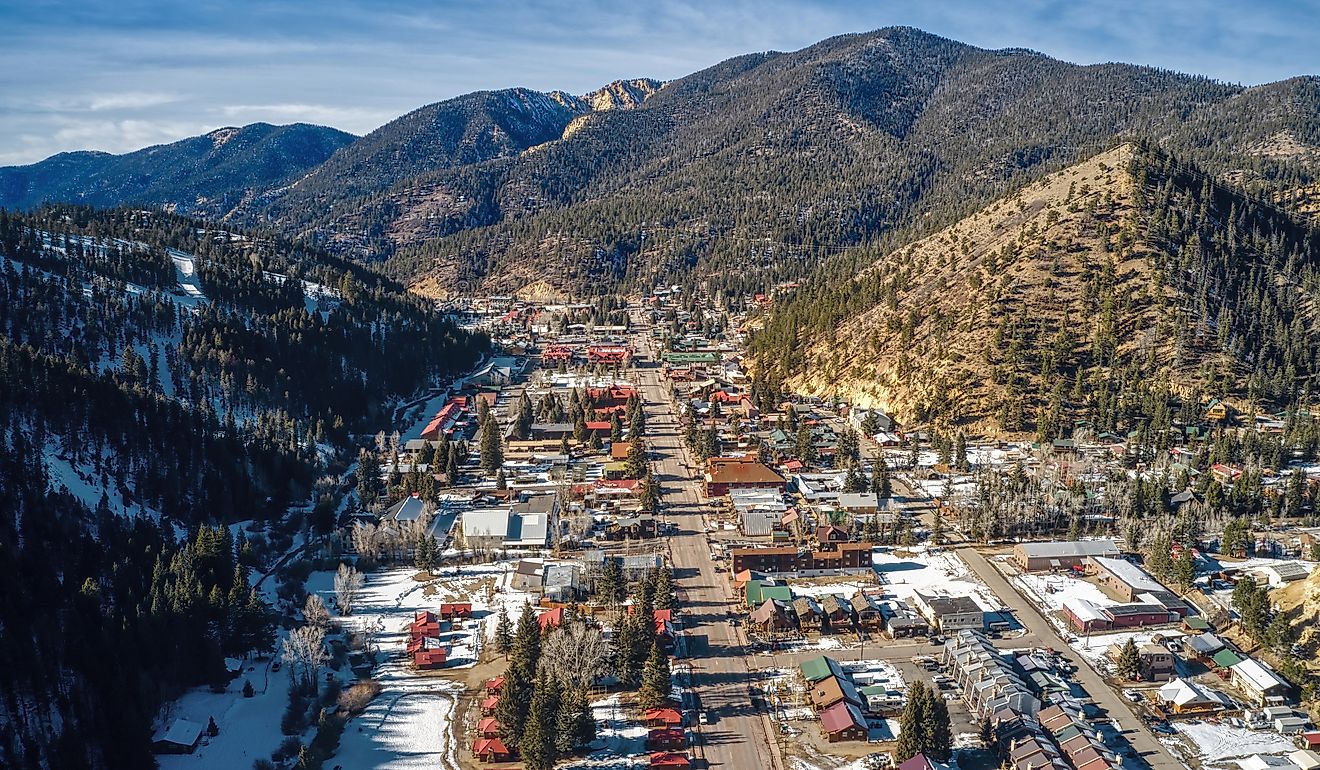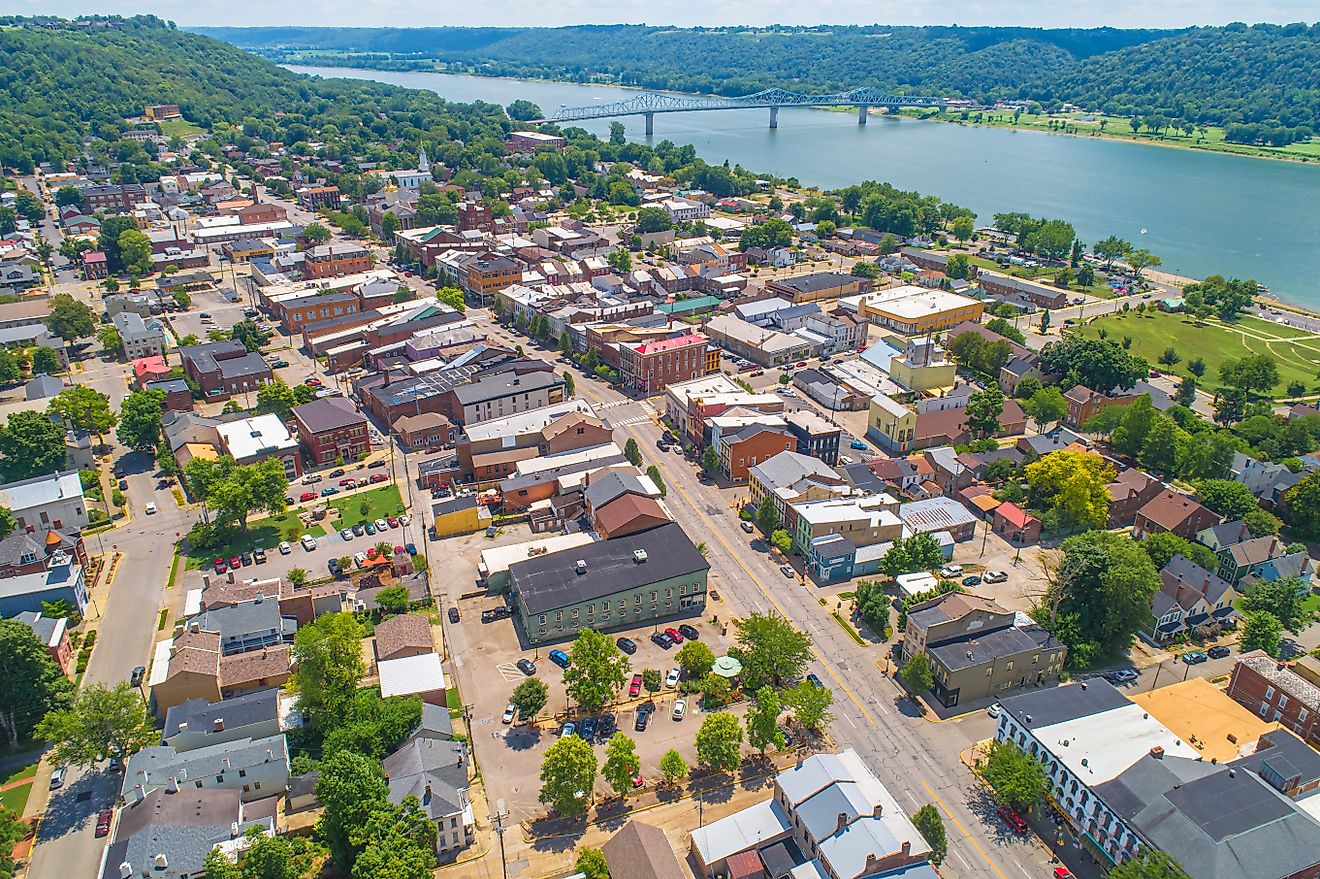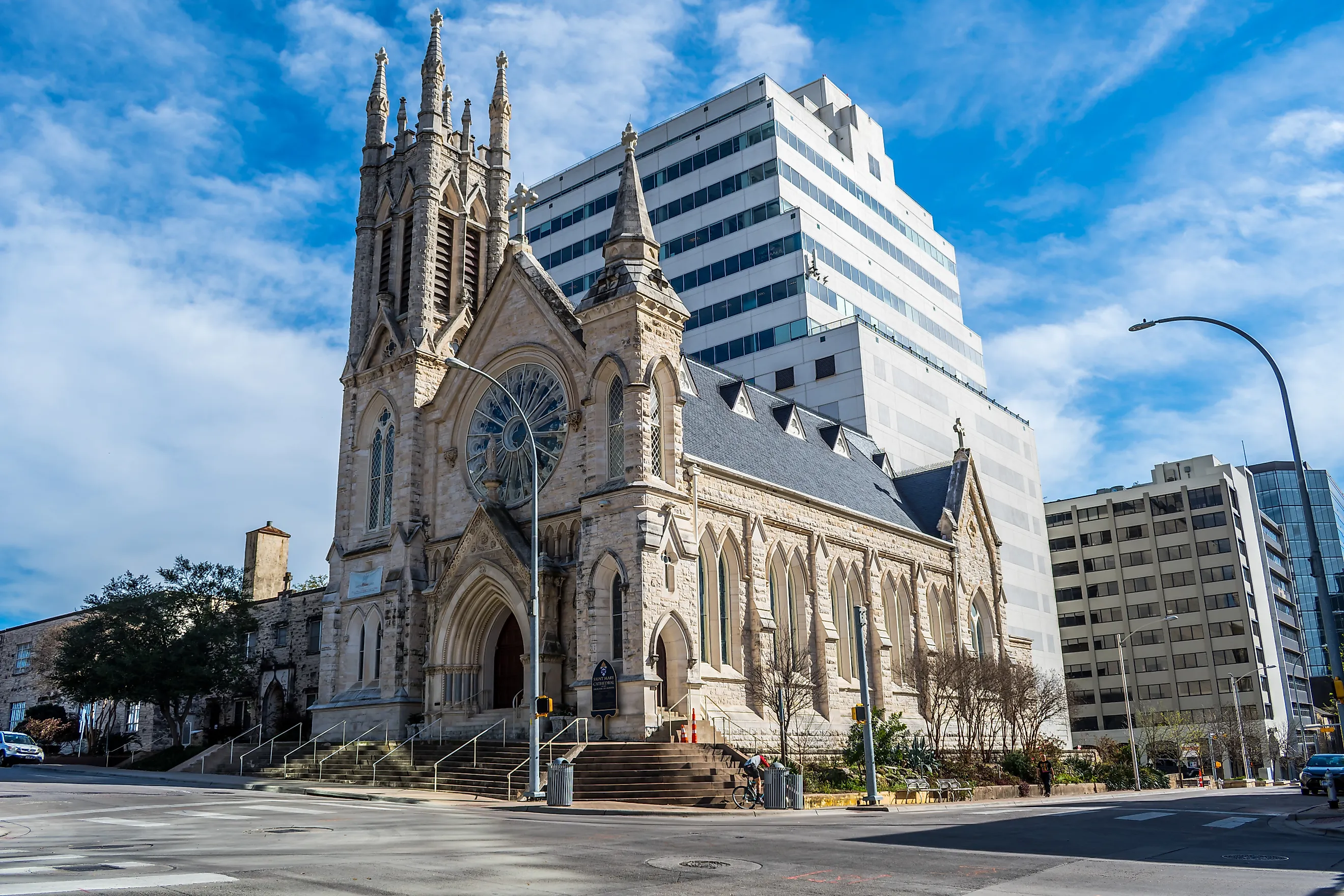
6 Most Beautiful Gothic Churches In Texas
Texas churches do more than anchor Sunday worship: they anchor history.
From the Republic era through statehood, immigrant craftsmen and native builders raised spires that point heavenward and communities that endure. This article highlights six standouts in three classic strains of Gothic design: stone-and-brick Gothic Revival, campus-flavored Collegiate Gothic, and humble yet lyrical Carpenter Gothic.
You’ll see how Nicholas J. Clayton’s cathedrals in Dallas and Austin translate Old World forms into Texas limestone and brick; how Houston’s Christ Church marries Anglican tradition with downtown grit, and how San Antonio’s St. Joseph’s kept faith amid development. Beyond buttresses, lancet windows, and rose lights, these sanctuaries testify to religious liberty, family life, and civic virtue. They are places where bells still ring, choirs still sing, and Texans gather to pray, serve neighbors, and pass on the faith.
Cathedral Santuario de Guadalupe, Dallas
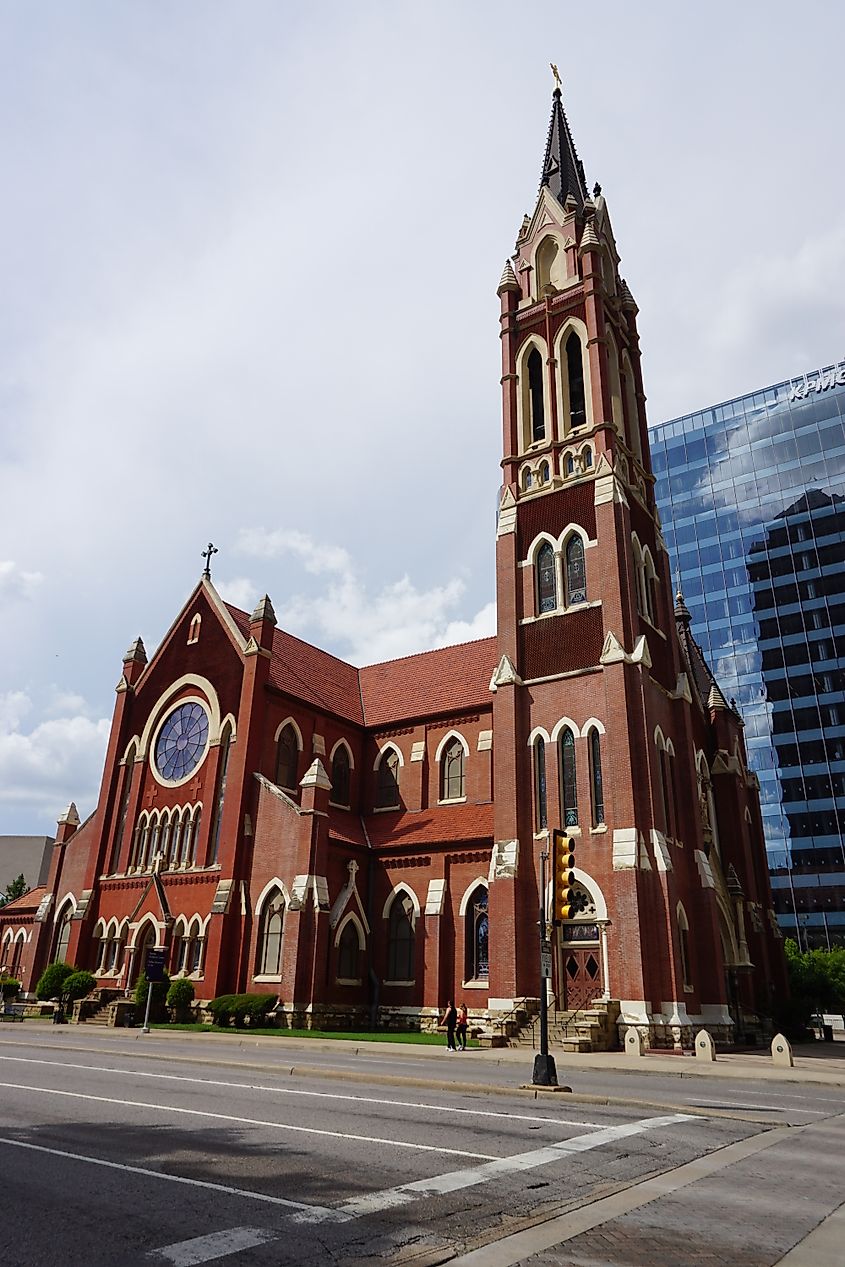
A landmark of Texas Gothic Revival, this brick cathedral in Dallas’s Arts District was designed by Nicholas J. Clayton. The cornerstone was laid in 1898, and the church was dedicated on October 26, 1902, replacing the earlier Sacred Heart parish (founded 1869). Its vertical emphasis peaks in a single 224-foot spire, complemented by pointed arches and richly detailed windows that make it especially photogenic.

In 1977, after merging with the nearby Our Lady of Guadalupe parish, the cathedral was renamed to reflect its large Spanish-speaking congregation; today it oversees 25,000 registered families and welcomes 11,200 worshippers each Sunday. A multi-phase restoration realized Clayton’s long-planned bell tower: the $20 million addition houses a 49-bell carillon and anchors the skyline. In 2023, the U.S. Catholic bishops designated it a National Shrine, underscoring its historic role as a pilgrimage site for Catholics of Mexico and Latin America.
Saint Mary Cathedral, Austin
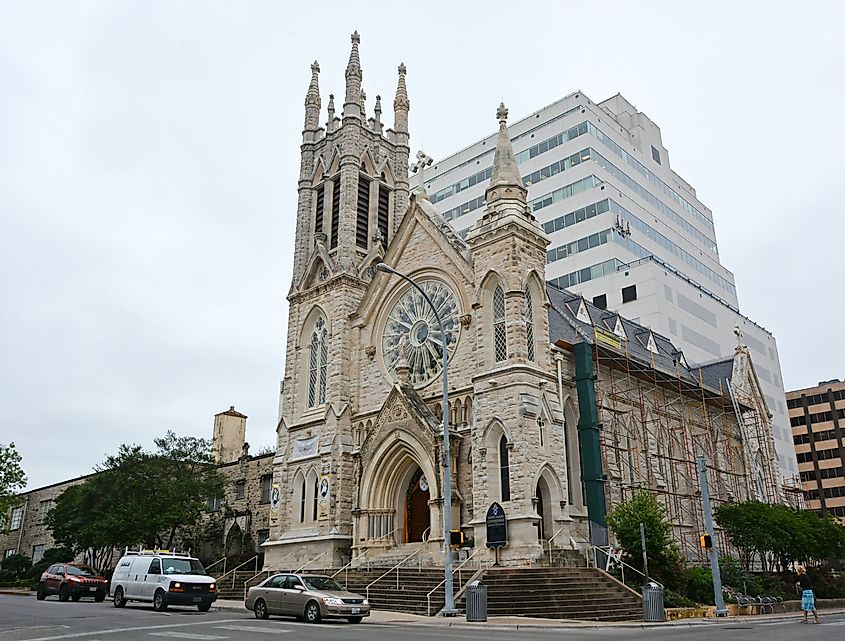
Austin’s Roman Catholic mother church is a Gothic Revival landmark by Irish-born architect Nicholas J. Clayton. Built in locally quarried limestone, the parish laid its cornerstone in 1872; the church was finished in 1874 and consecrated on April 20, 1884, later becoming a cathedral when the Diocese of Austin formed in 1948. The design adds neo-Gothic towers completed in 1907.
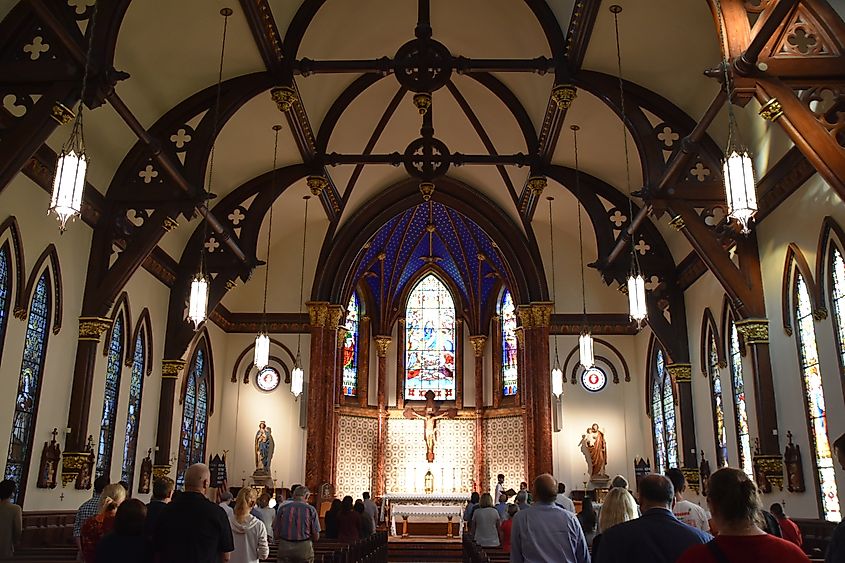
Inside, tree-like columns with foliage-carved capitals, vine-tracery murals, pointed arches, and a star-spangled blue dome evoke nature and the heavens; stained glass from the 1890s enriches the light. Renovations in 1948 simplified some ornament; a major 2013 restoration cleaned masonry, repaired blocks and mortar, and revived the rose window, whose quincunx motif symbolizes the four evangelists carrying the Word to the world. Listed on the U.S. National Register in 1973 and an RTHL, the cathedral also hosts annual Celtic Christmas concerts honoring its Irish roots.
Christ Church Cathedral, Houston

Founded in 1839 when Texas was still a republic, this parish is Houston’s oldest surviving congregation and the mother church of many area missions. Its current Late Gothic Revival cathedral, designed by Silas McBee and completed in 1893 at 1117 Texas Avenue, anchors downtown with red-brick walls, pointed-arch openings, and a warmly crafted interior.
A 1938 fire nearly destroyed the building, but firefighters preserved the ornately carved rood screen, a beloved focal point that survived with only minor damage. Christ Church became the Episcopal Diocese of Texas’s cathedral in 1949 and today counts a baptized membership in the thousands. Recognized as a Recorded Texas Historic Landmark (1972) and listed on the National Register of Historic Places (1979), it pairs historic gravitas with urban energy. The campus also hosts Cathedral House Episcopal School (1986), extending the cathedral’s ministry of education alongside daily worship, music, and community outreach.
St. Joseph Catholic Church, San Antonio

A downtown Gothic Revival jewel, St. Joseph’s rose from 1868 to 1876 as San Antonio’s fourth Catholic parish, serving a flourishing German immigrant community. Designed by G. Friesleben and Theodore Giraud, it features lancet windows, a steeple added in 1898, and radiant 1902 stained glass imported from Emil Frei’s Munich workshop.

Inside, Friar Henry Pfefferkorn’s Annunciation and Assumption murals endure, alongside a beloved choral tradition: the San Antonio Liederkranz still sings monthly, and Spanish-language Masses often include mariachi. Famous as a “holdout” or nail house, the parish refused a 1944 buyout; a department store, and later the Shops at Rivercenter, rose around three sides, framing the church as a stubbornly beautiful landmark. Designated a Recorded Texas Historic Landmark (1962) and a contributing property in the Alamo Plaza Historic District (1977), St. Joseph’s underwent restoration in 1981 and remains a photogenic sanctuary in the city’s historic core.
St. Paul United Methodist Church, Dallas
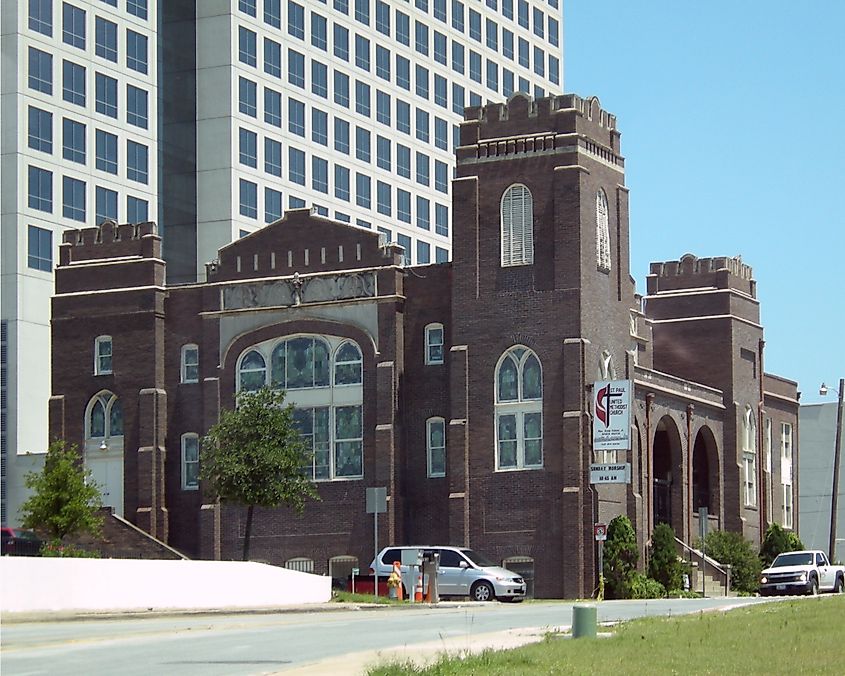
Rising at the edge of the Dallas Arts District, St. Paul offers a rare Collegiate Gothic Revival profile in North Texas. Its red-brick massing, buttresses, and pointed-arch window bays frame tracery and richly colored stained glass, giving the sanctuary unmistakable vertical lift. Crenellated parapets and carved stone accents add collegiate drama, while an arcaded entry anchors the corner. Inside, timbered ceilings and warm light create a contemplative, camera-ready nave. Beyond its architectural grace, St. Paul has long served as a cultural and spiritual landmark for downtown, pairing sacred music, outreach, and neighborhood presence.
First Presbyterian Church, Bartlett

A textbook example of Texas Carpenter Gothic, this 1899 wooden sanctuary translates medieval stone motifs into painted timber and clapboard. Steep gables, a needlelike belfry, and pointed-arch windows give the facade elegant vertical lift, while lacy bargeboards and beveled trim cast crisp shadows in afternoon light.
Inside, a modest, pew-lined nave glows with natural illumination, emphasizing the church’s intimate, small-town character. Photographers love the contrasts: white siding against wide Central Texas skies, lancets framing amber glass, and a porch inviting close-up detail shots. Graceful, unpretentious, and preserved, Bartlett’s First Presbyterian embodies Gothic romance at human scale.
These six churches are a testimony. They remind us that Texans built communities around faith, sacrifice, and beauty that point beyond this world. From limestone cathedrals to wooden country chapels, every spire, bell tower, and stained-glass window says the same thing: God comes first, families endure, and heritage matters. Preserving these sanctuaries isn’t nostalgia. It’s stewardship. We’re handing the next generation something worth inheriting: faith made visible in Texas stone, brick, and wood.

